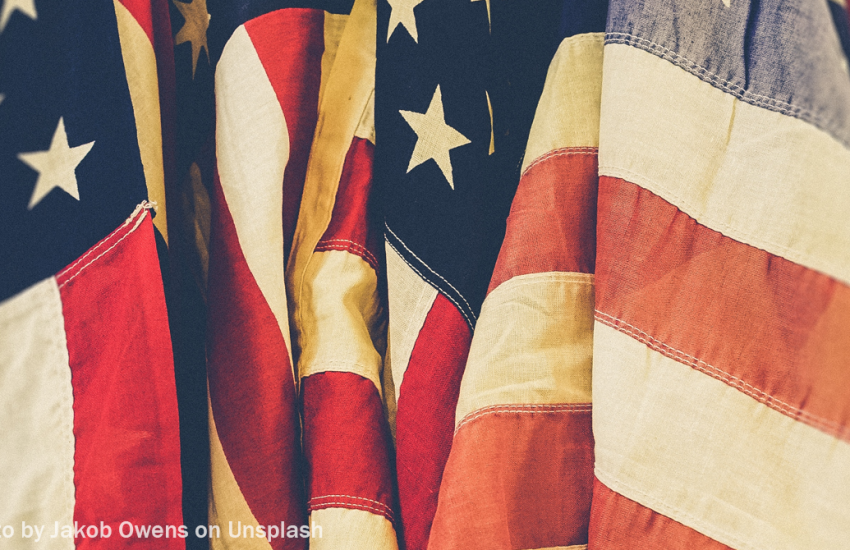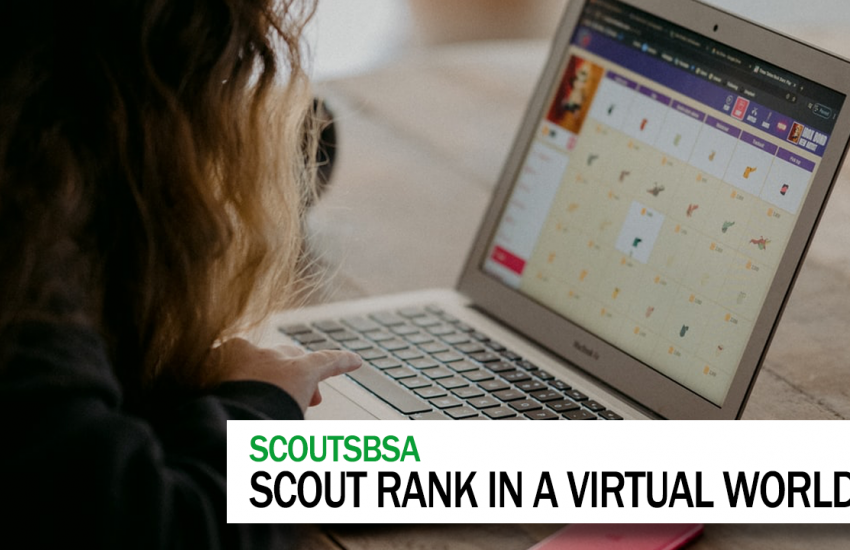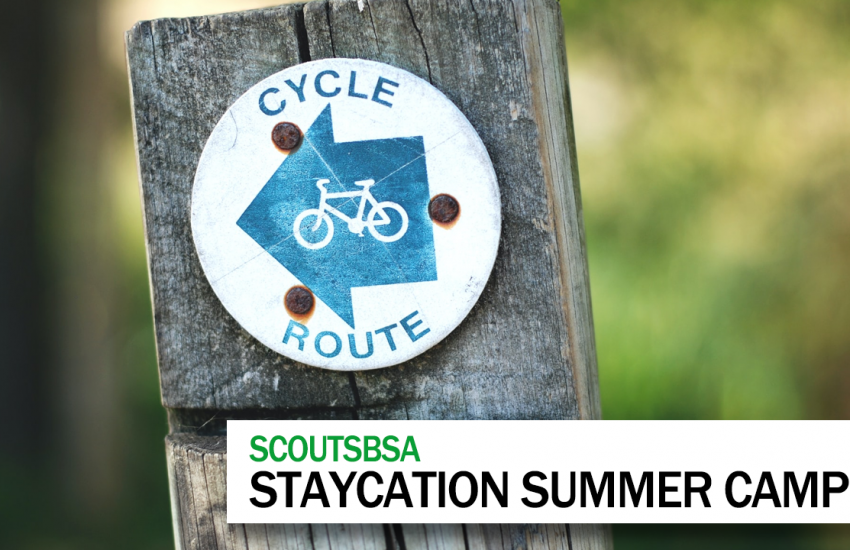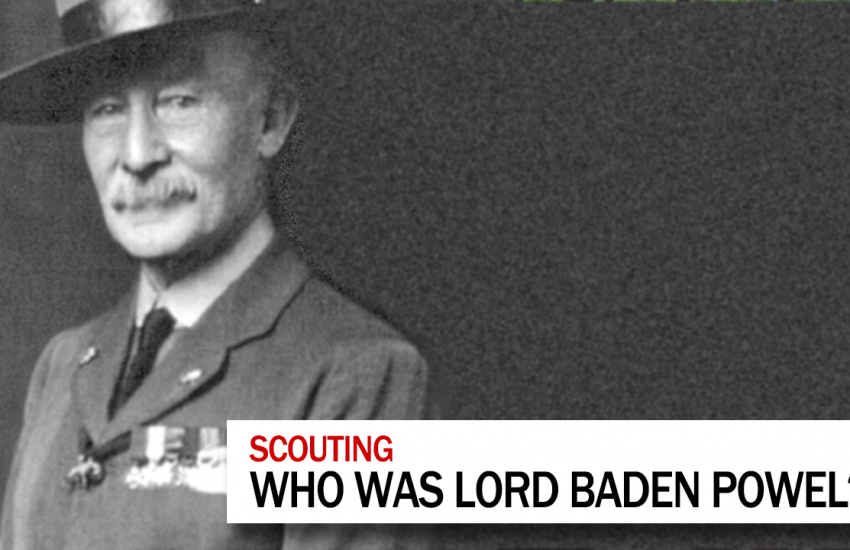Geared towards scouts, this ScoutmasterDave videocast delves into the do’s and don’ts of getting ready for a camping trip.
- Space Blanket (Amazon)
- Personal First Aid Kit (Amazon)
- Rain Poncho (Amazon)
- Golf Rain Gear (Amazon)
Transcript:
Being prepared starts long before you enter the wilderness and even before you put on the uniform. Being prepared begins when you take a few steps to think through the activity you are looking to do.
In past videocasts we’ve gone through how to plan trips effectively, and how to deal with things when everything goes wrong, and there are all important. This however is about preparing yourself for the camping experience, taking personal responsibility for your own health, safety and comfort.
While most of this series is targeted to adults and leaders, the information here is designed to inform and teach, through you, the youth members of your troop and even pack.
When preparing for a trip, the first step is understanding the activity and the weather. If for instance you were going on a backpacking trip in the middle of summer you would pack elements that were generally light to carry, and lightweight to wear.
Conversely, in winter time you would bring heaver clothes to keep you warmer.
But lets look at a normal mid-year trip where backpacking in five miles is not the main purpose, and you are starting the trip relatively close to where you are camping.
You have a sturdy backpack, that is water resistant, and is well maintained, meaning, if you see it doesn’t fit you adjust it, if you see it collects water you spray it with a waterproofing spray. This is your personal first line of defense.
Within the backpack, or attached to, you have your sleeping bag that keeps you warm in the weather you are camping in. If you are in them middle of winter, you don’t use a lightweight bag.
The next thing you should have is a sleeping pad. The pad not only makes it a little more comfortable when lying down, but adds a layer between you and the ground. In our troop, we also have scouts and adults purchase a space blanket. It protects the bottom of the tent, and also adds an additional barrier from the cold ground.
Next you have mess gear. You have some sort of plate, bowl, cup and utensils. This depends on your personal preference, but can be anything from a tupperwear. Container and plastic sporks to a collapsing mess kit with lots of sections and chopsticks. The main purpose here, is have it in your pack.
The next few items you should keep with you regardless of the type of camping you are doing. A small personal first aid kit, rain poncho, a water bottle and a flashlight. Like the other items this can range in size and quality.
The more variable items are clothing.
I personally like to keep some lightweight sleep wear, a thin shirt and socks, earmarked for sleeping. In addition I keep a ski cap and lightweight gloves with them. These stay in the bottom compartment of my pack, along with a thin full size pillow. For this I trade off weight and bulk for comfort.
The other clothing items will be weather dependent, and you should pack these with the activities in mind. If you are running around, pack an extra t-shirt, if you are going to get muddy, an extra set of pants, or shorts. Rainy? I better rain jacket, and extra socks and shirts to change into.
What you don’t want to do is A) not pack your own bag. Mommy isn’t going to be digging things out for you, and it’s best to know what is in the bag – ie: Be prepared. And B) Don’t pack for the occasion. There is nothing more frustrating than to have a scout, or a leader, not pack right and lean on your extra supplies for support.
Sure, if you’ve watched any of the ScoutMaster Dave “When things go wrong” videos, I always have contingent plans, but it is not a deep well. Pack correctly. Better to have it and not need it then to not have it at all.
But along the lines of when everything goes sideways, if any serious weather like rain is expected, I also pack an “open in case of emergency bag” in my pack. It has a set of socks, underwear and t-shirt. Double wrapped in plastic bags. In a pinch if your whole pack gets soaked, you have this extra oasis to fall back on. You can even take the plastic bags, but them over your socks as a barrier to your waterlogged boots, keeping you dry. But, this is what works for us.
Take what you like and leave the rest, and as we say in Woodbadge, feedback is a gift, leave yours below in the comments, with the hope we can all learn together.
I’m Scoutmaster Dave, and this all about packing for a camping trip.




